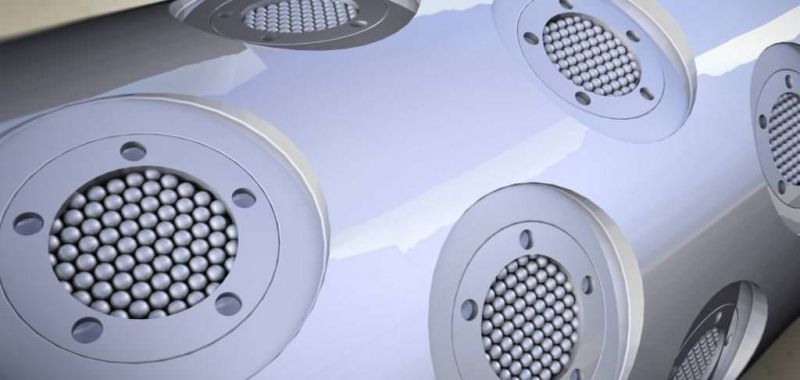Shale’s Lessons Inform Deep-water Fracking
Published on by Water Network Research, Official research team of The Water Network in Technology
A new multistage fracturing service for ultra-deep completions saves rig time by incorporating tools for onshore unconventional reservoirs.

The DeepFrac Source: BHGE
Conventional multi-zone completion systems have several fundamental problems. They are time-consuming, costly, and treat only a small number of zones, which can lead to uneven coverage across the reservoir.
“Imagine the impact across the entire pay section if you can have 20 stages instead of just four,” says Jim Sessions, vice president for completions at Baker Hughes, a GE company (BHGE).
A new deep-water multistage fracturing service called DeepFrac from BHGE uses multi-position sleeves and flow-back control technology to rapidly stimulate more than 20 tightly placed stages, increasing reservoir contact with reduced rig time.
The new technology stems from a deep-water Gulf of Mexico operator request in 2016.
The DeepFrac solution brings together multistage completions tools for unconventional reservoirs and BHGE’s BeadScreen sand control technology, says Roy Woudwijk, product line director for lower completions.
“We had to combine many different technologies to arrive at the right solution,”
The integration of existing products resulted in a less complex system for deep water.
“This is about overall simplicity,” Woudwijk says. “We’re taking the complexity out of the deep water.”
“We couldn’t simply send the technologies offshore,” Sessions adds. “We had to make sure they were safe and compliant, and that they could minimise the need for interventions in this higher cost environment.”
DeepFrac incorporates other BHGE products such as ball-activated sleeve technology and IN-Tallic disintegrating frac balls.
“Using the disintegrating frac balls means that production can flow without requiring coiled tubing to mill the balls out,” Croy says.
The BeadScreen flow-back control technology is used in the sleeves instead of a sand screen for sand control.
The bead screens are more erosion-resistant and have a higher burst pressure rating, which helps them withstand high flow rates over long periods of time, Croy says.
The cartridge looks like a puck with nickel alloy ball bearings welded onto the mesh screen for flow.
The technology can be run in both open and cased hole, he notes, but cost savings would be more significant in open hole completions by eliminating the need for casing, cementing, and perf runs.
Read more: Upstream Technology
Media
Taxonomy
- Oil & Gas
- Technology
- Fracking
- Fracking Technology
- Oil & Gas